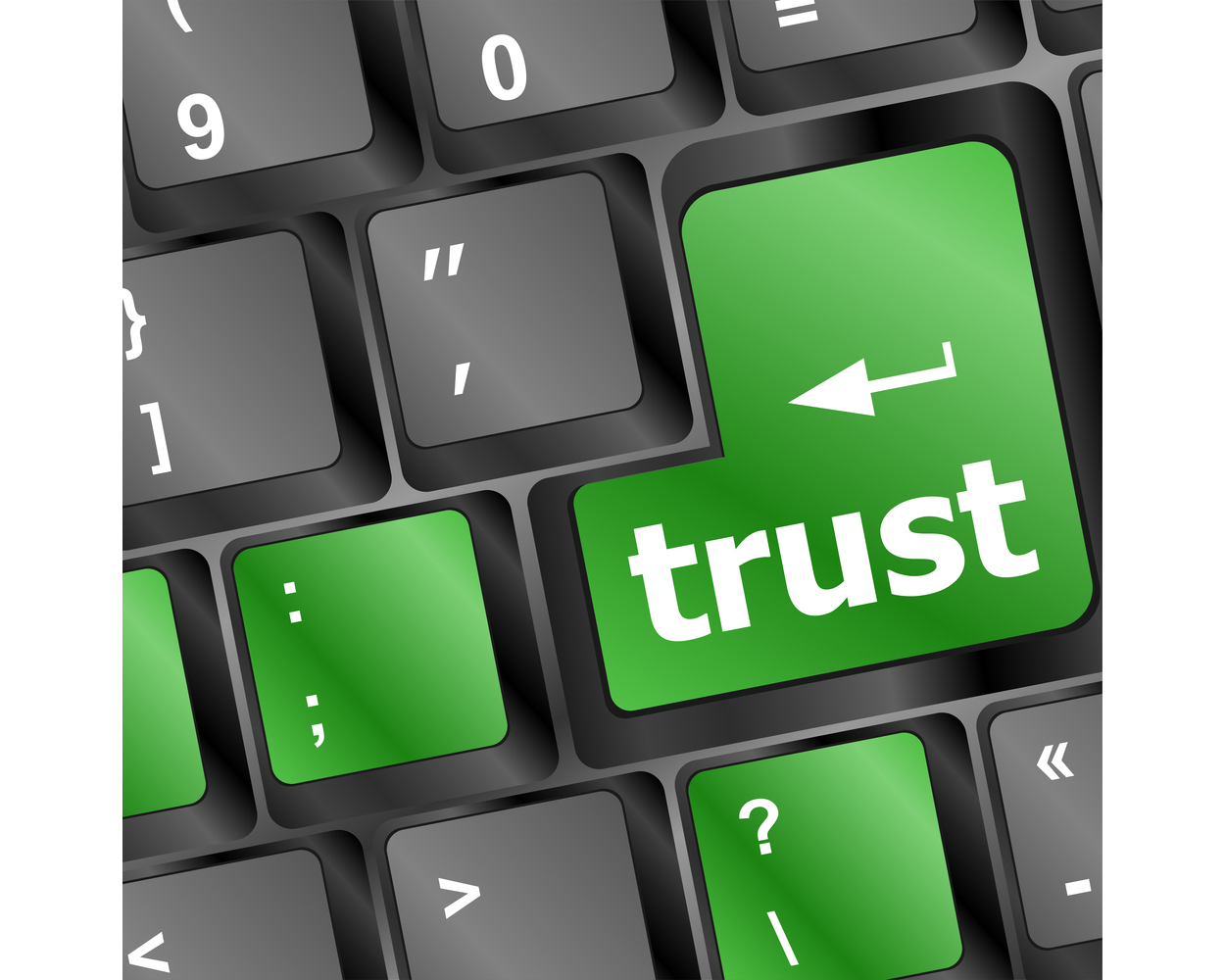Over the past few months, one phrase has come up over and over again in seemingly all of my conversations: “leadership trust.” Companies are realizing that building and maintaining the bond between leaders and their employees is especially important right now with large swaths of their employee base working remotely.

Many organizations changed almost overnight thanks to the coronavirus pandemic and widespread work-from-home policies. Employees are stressed out, whole sectors of the economy are suffering, and the future seems uncertain. It’s no surprise that leadership trust has become a hot topic among HR leaders. But what does this concept really mean, and how can leaders apply it?
What Is Leadership Trust at Each Level of an Organization?
“Leadership trust” means different things at different levels of an organization. At the executive and company level, leadership trust means that employees trust their leadership to guide the company competently, ethically, and toward success as a business. Employees who trust their organizational leadership are much more likely to be engaged in their work.
With many executive teams now leading their organizations through the worst health and financial crises in recent history, trust in leadership will become even more crucial to maintain.
At the manager level, leadership trust means that employees feel comfortable having safe and honest conversations with their manager about work and sometimes about their personal life outside of work. It also means trusting their manager to have their back when representing their work or performance to those higher up in the organization.
This may be the most important level of all; research has shown that managers account for 70% of the variance in employee engagement. Good managers make for engaged, productive employees—and poor managers create the opposite.
In addition, company trust in its employees is equally important with so many employees working remotely. Companies have to trust employees to get their work done at home in a way that makes sense given their personal commitments—if they’re too demanding toward employees who are already overloaded, their performance will suffer.
Without trust in their employees, companies will struggle to operate remotely in a sustainable way. Research has found that better workplace trust improves productivity, employee retention, and ultimately company revenue.
What’s at the Core of Leadership Trust?
Google’s research on what makes an effective team—effectiveness, in this case, being a combined measure of hard success metrics and more nuanced qualitative values, like team culture—found five attributes that make teams more effective. In order of importance, they are:
- Psychological safety—Feeling safe taking risks around team members
- Dependability—Completing quality work on time
- Structure and clarity—Understanding the goals, processes, and structure of the team and the work to be done, as well as the consequences of each individual’s contributions
- Meaning—Feeling a sense of purpose in the work itself or its output
- Impact—Seeing how your work makes a difference
Both first and second place clearly tie back to trust at the manager level. “Psychological safety” is a concept described by Harvard University Professor Amy Edmondson, PhD, as feeling that you won’t be punished (either directly or indirectly) for making a mistake.
Edmondson’s research found that feeling psychologically safe encourages employees to be more willing to take risks and propose new ideas to leadership, and they are more innovative as a result.
How Can Leaders Build Trust?
Here are some concrete strategies managers can use to build trusting relationships with employees and foster a psychologically safe team environment:
- Not micromanaging. Taking employees at their word and letting them complete tasks independently demonstrate that you trust them to get their work done.
- Being receptive to feedback. Employees will trust leaders more if they feel like leaders listen and respond to feedback from others. Accepting feedback can be difficult—sometimes it’s helpful to base feedback on hard data rather than human input to reduce bias and make it easier for the subject to accept.
- Show an interest in your employees’ life. Many employees are dealing with a lot right now. Spend a moment during one-on-ones and check-ins to ask how employees are doing and if they need anything.
- Be available to your team. This is especially important for teams who are working remotely, as digital mediums are now the primary method of sharing and receiving insights from your team. Leaders can be good “digital listeners” by making a point to ask questions, offer opinions, and check in regularly with their team.
- Be transparent. This includes upper management being open and honest with rank-and-file employees and transparency between managers and their teams. An example of this is being open with your team when you don’t know the answer to a question.
While the lion’s share of this work falls to leaders themselves, there are HR tools and platforms that can help by giving managers feedback on their digital communication habits and encouraging them to have better dialogues with remote teams.
Managers are stressed out right now, too; they may need help doing their part to develop leadership trust. Organizations should consider how they can support their leaders to help them build and maintain engaged, trusting relationships with their teams at all levels for a more engaged and productive remote workforce.

Margaret Tomaszczuk is the Head of Product and Customer Experience at digital leadership platform Cultivate, where she partners with Fortune 500 enterprises to scale leadership development globally. She’s passionate about building artificial intelligence (AI) products, promoting interdisciplinary thought in technology and AI, and ethical AI design. She has a background in software engineering and product management and a bachelor’s degree in Cultural Anthropology from Stanford University, with a minor in Computer Science.
